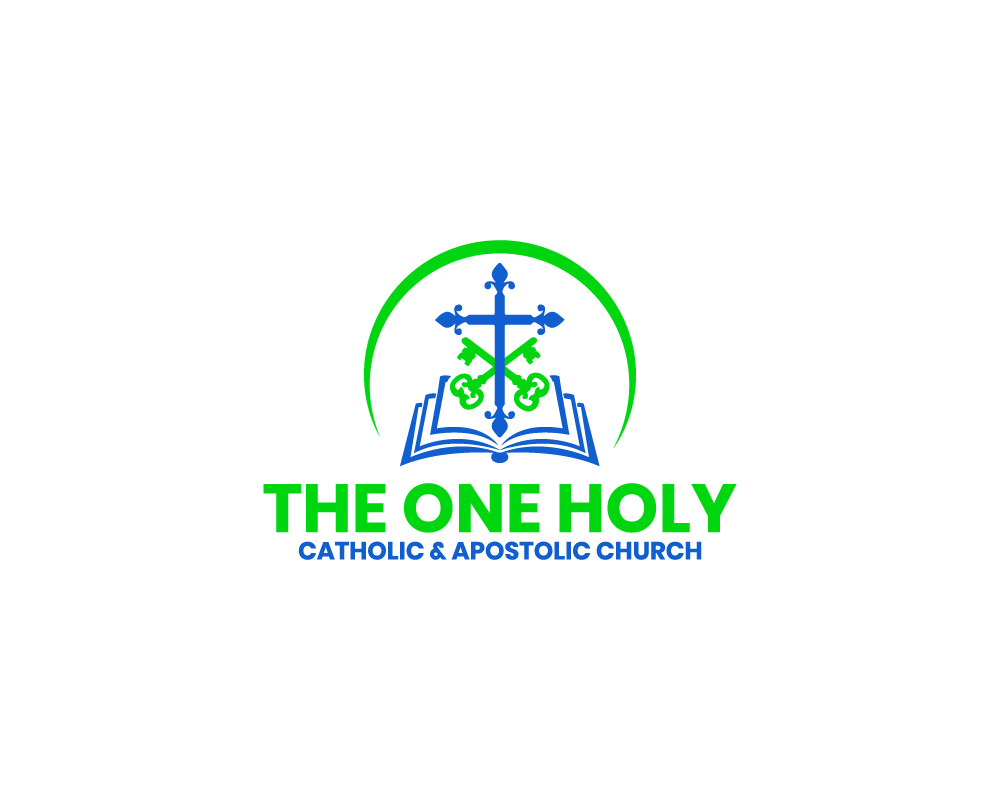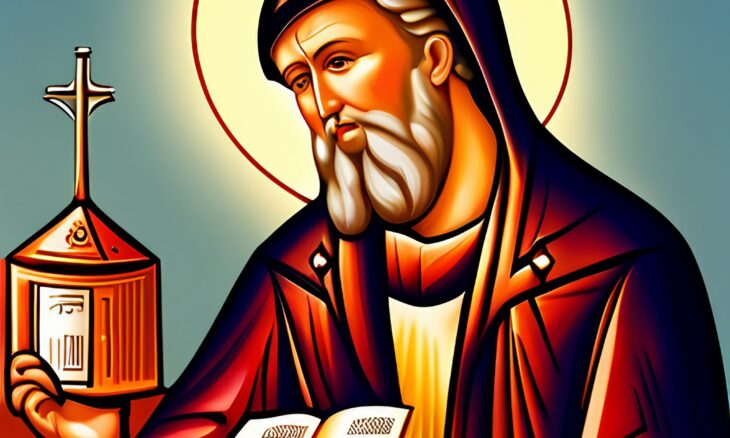The Orthodox Church: An International Federation of Churches
The Orthodox Church, with around 300 million followers globally, is primarily concentrated in the Mediterranean, Eastern and Northern Europe, and the Middle East. It operates as an international federation of self-governing or Patriarchal churches, maintaining their independence while pursuing unity in faith and worship.
The Ecumenical Patriarchate: Fostering Unity and Service
As the Orthodox Church does not have a centralized authority, the Ecumenical Patriarchate serves as a focal point of unity. While each local church retains its autonomy, the Ecumenical Patriarch is traditionally regarded as “first among equals.” Its role lies in coordination rather than administration, facilitating consensus among the Orthodox churches worldwide.
A Universal Church with Ancient Roots
Despite its Eastern origin, the Orthodox Church considers itself the continuation and spiritual succession of the early Church. Present in countries like America, Australia, Western Europe, Japan, and Asia, it defines itself not in relation to Roman Catholicism or Protestantism but as the “one, holy, catholic, and apostolic Church.”
Defining Orthodoxy and Distinguishing Heterodoxy
The term “Orthodox” was initially adopted in the fourth century to distinguish the canonical faith from heretical doctrines. It forms part of the official title of the Eastern Christian Church and its affiliated churches. The title also encompasses certain Eastern churches separated during the Monophysite controversy, which debated the interpretation of Christ’s divine and human natures.
The Title and Expansion of Patriarchs
The title of “Patriarch” is granted to the heads of various Orthodox churches. Originally limited to the ancient Churches of Rome, Constantinople, Alexandria, Antioch, and Jerusalem, it expanded to include the Metropolitan of Moscow, Archbishops of Serbia and Bulgaria, and the head of the Romanian Church. The ancient Church of Georgia adopted the title “Catholicos” for its primate.
Hierarchy and Administration
The hierarchy of the Orthodox Church is based on the orders of bishop, presbyter (priest), and deacon. Each diocese maintains its integrity as a complete expression of the Church while remaining in full communion with other dioceses. Orthodox theology recognizes the importance of local communities and their eucharistic gatherings in reflecting the fullness of the Body of Christ.
The Church as One Body with Many Parts
The Orthodox Church embodies the vision of universality or catholicity through its collective unity and individual churches. It sees itself as the “one Body of Christ,” consisting of diverse parts. This understanding of ecclesiology emphasizes the significance of local communities as essential components of the wider Church structure.



